Chris Nugent
Artificial Intelligence for Suicide Assessment using Audiovisual Cues: A Review
Jan 22, 2022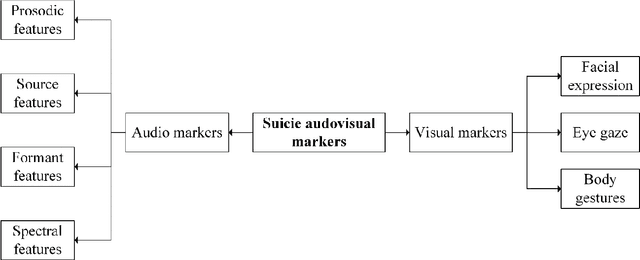
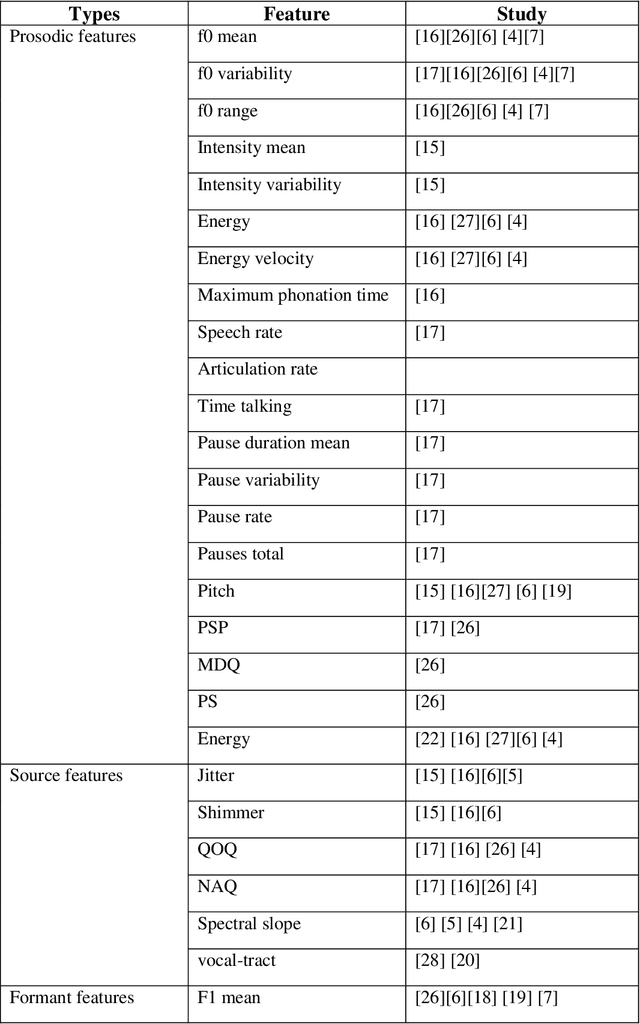
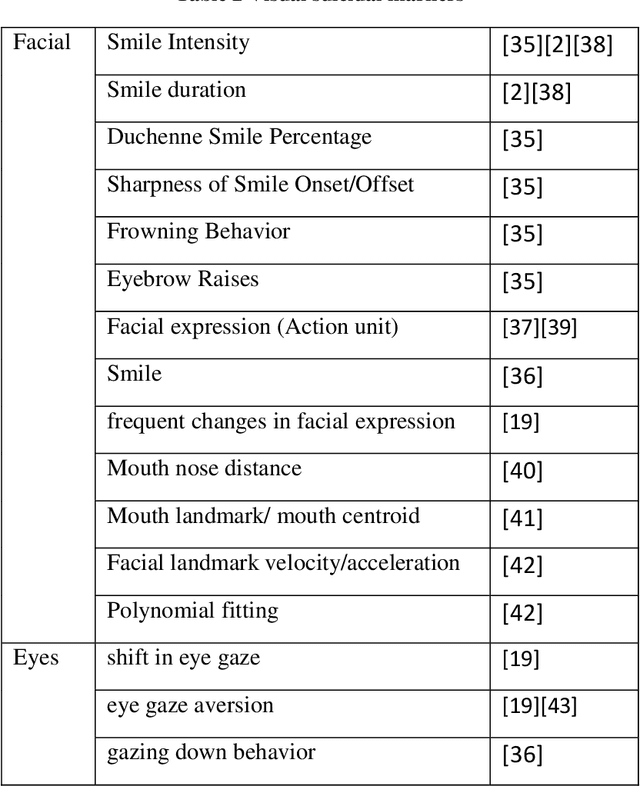
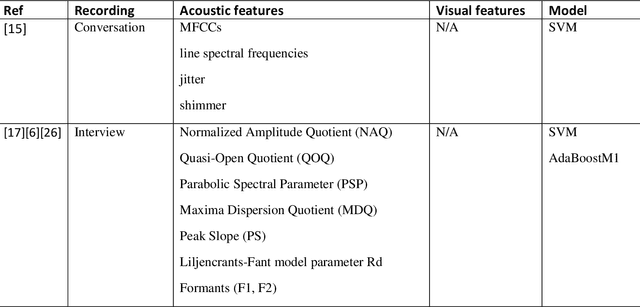
Abstract:Death by suicide is the seventh of the leading death cause worldwide. The recent advancement in Artificial Intelligence (AI), specifically AI application in image and voice processing, has created a promising opportunity to revolutionize suicide risk assessment. Subsequently, we have witnessed fast-growing literature of researches that applies AI to extract audiovisual non-verbal cues for mental illness assessment. However, the majority of the recent works focus on depression, despite the evident difference between depression signs and suicidal behavior non-verbal cues. In this paper, we review the recent works that study suicide ideation and suicide behavior detection through audiovisual feature analysis, mainly suicidal voice/speech acoustic features analysis and suicidal visual cues.
Social Behavior and Mental Health: A Snapshot Survey under COVID-19 Pandemic
May 17, 2021
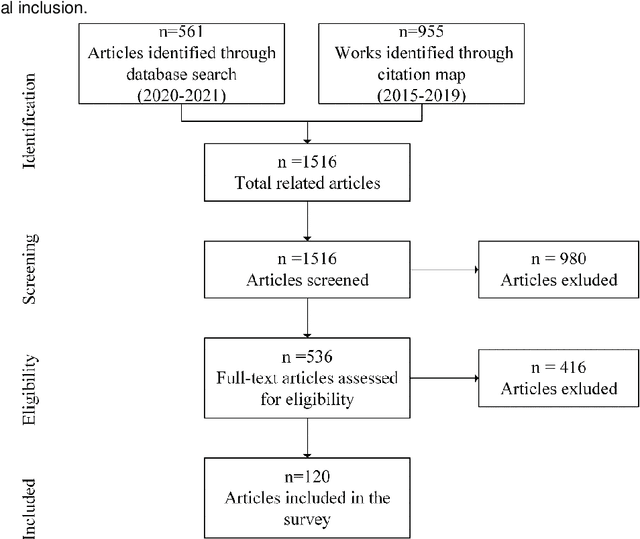


Abstract:Online social media provides a channel for monitoring people's social behaviors and their mental distress. Due to the restrictions imposed by COVID-19 people are increasingly using online social networks to express their feelings. Consequently, there is a significant amount of diverse user-generated social media content. However, COVID-19 pandemic has changed the way we live, study, socialize and recreate and this has affected our well-being and mental health problems. There are growing researches that leverage online social media analysis to detect and assess user's mental status. In this paper, we survey the literature of social media analysis for mental disorders detection, with a special focus on the studies conducted in the context of COVID-19 during 2020-2021. Firstly, we classify the surveyed studies in terms of feature extraction types, varying from language usage patterns to aesthetic preferences and online behaviors. Secondly, we explore detection methods used for mental disorders detection including machine learning and deep learning detection methods. Finally, we discuss the challenges of mental disorder detection using social media data, including the privacy and ethical concerns, as well as the technical challenges of scaling and deploying such systems at large scales, and discuss the learnt lessons over the last few years.
 Add to Chrome
Add to Chrome Add to Firefox
Add to Firefox Add to Edge
Add to Edge